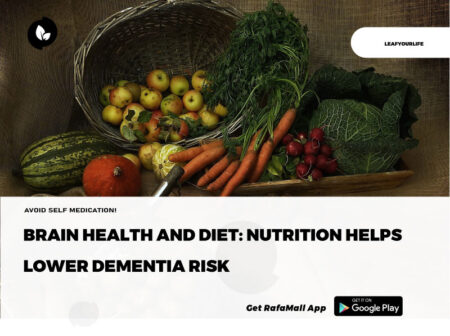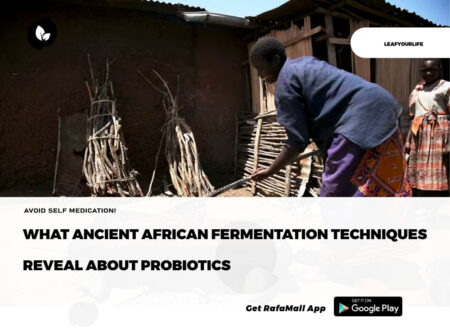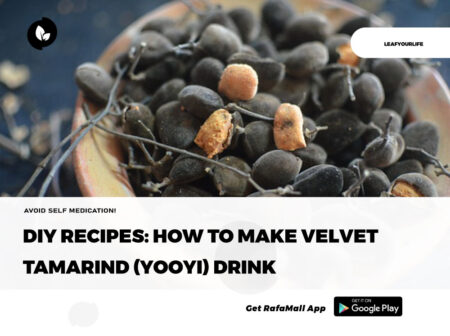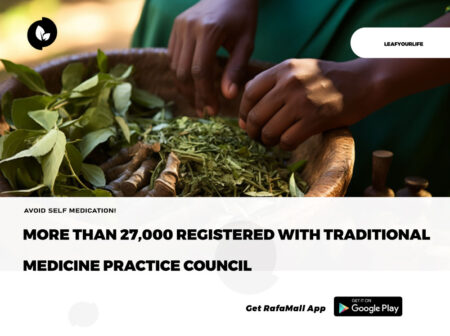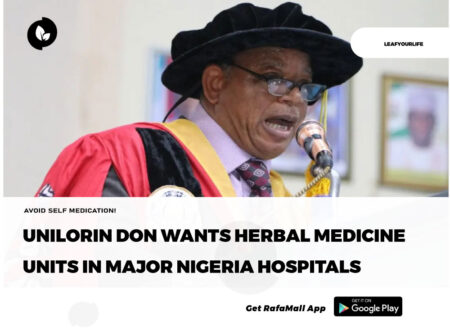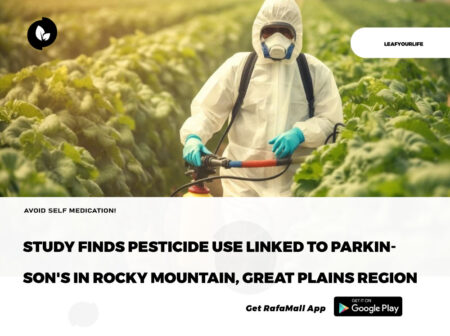
According to Vlachopoulos et al 2013, erectile dysfunction is common in the patient with cardiovascular disease. “It is an important component of the quality of life and it also confers an independent risk for future cardiovascular events. The usual 3-year time period between the onset of erectile dysfunction symptoms and a cardiovascular event offers an opportunity for risk mitigation. Thus, sexual function should be incorporated into cardiovascular disease risk assessment for all men. A comprehensive approach to cardiovascular risk reduction (comprising of both lifestyle changes and pharmacological treatment) improves overall vascular health, including sexual function. Proper sexual counseling improves the quality of life and increases adherence to medication”.
The inability to function sexually can be embarrassing to a man. No question.
There are many stigmas tied to a man’s manliness and his ability to rise to the occasion.
While sexual function is important for the quality of life, erectile dysfunction can be a signed of a more deadly problem, like a heart attack
The penis is a barometer to a man’s health, says Dr. Espinoza
When a man comes to my clinic, reporting no penile erection for three months or longer, red-flags go up in my head.
The first question I think about is: “Is there a heart attack developing here?”
Research shows a Strong Connection between Erectile Dysfunction and Heart Problems
More than half of men over 50 and more than two-thirds of men over 70 have ED.
A review article in the European Heart Journal showed that ED has a strong connection to heart disease ( Vlachopoulos et al 2013).
In patients who had ED;
- Cardiovascular events were 44% more common
- Death from a heart problem rose by 19%
- A heart attack was 62% more likely in patients
- Cerebrovascular events (such as stroke) were 39% more likely
- All-cause mortality was 25% more likely.
What connects the heart to the penis?
Your blood vessels and a chemical called nitric oxide is the connection.
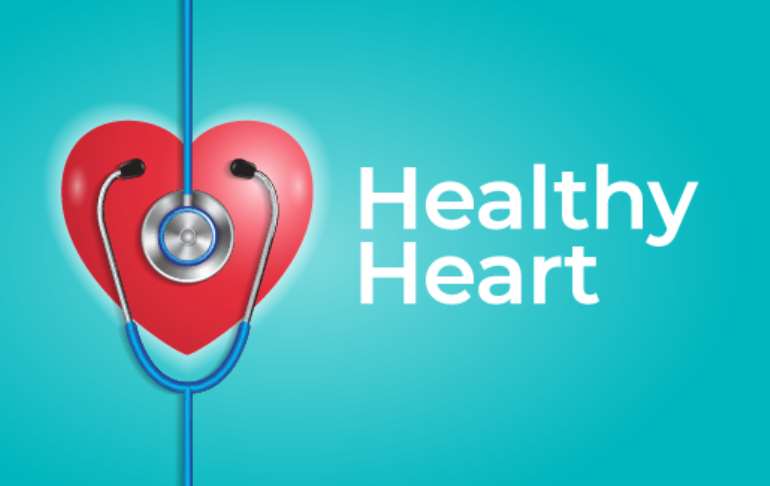
Explanation:
Nitric Oxide (NO) is mainly responsible for widening the arteries during physical activity, but it also helps bring blood flow to the male organ during sexual intercourse – It opens the arteries in the penis so that blood can flow in and cause an erection.
Without NO, the arteries don’t expand as they usually would. Plaque ends up forming in the walls of the arteries – if it happens in the small arteries of the penis, it blocks blood flow there. It plaques form in the blood vessels of the heart or brain it causes a heart attack or stroke.
What’s different about the penis, though, is that you can easily see whether or not it’s working. (It’s harder to look inside the arteries of the heart.)
And since erections depend on healthy arteries, an erect penis is an excellent marker of a healthy cardiovascular system.
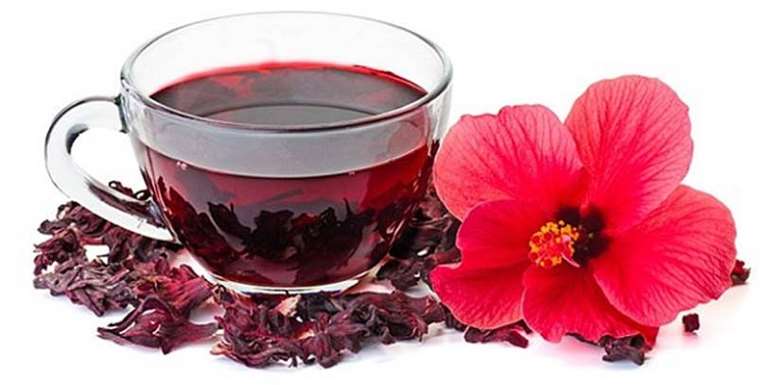
Takeaway:
The inability to get an erection is a common problem, but it is not normal.
(One case study where obviously it could be considered normal is in men after prostate cancer treatment)
Because of the strong links between erectile dysfunction and cardiovascular problems, and the perhaps stronger links between cardiovascular health, diet, and exercise, I see the penis as a kind of barometer to a man’s health.
When the fluid transport systems in the body are clicking in all cylinders, erections naturally occur. When arteries are hard and clogged by an unhealthy lifestyle, the arteries in the penis take a hit just as much as the arteries in the heart and erections don’t happen.
So, how many erections should you be getting?
How many times in a “day in the life” of a healthy penis?
Interestingly, a healthy man should experience three to four-morning erections a week.
(I know, as a man myself, we are falling behind here)
Also, it should not be difficult to gain an erection leading up to sexual activity.
Of course, there’s no need to panic when the organ does not want to cooperate here and there. Stress is a significant cause of ED.
But that should be the exception, not the rule, says Espinoza
Conclusion:
First, frequent and regular erections are a sign of good cardiovascular health. This such link does not apply for men who have undergone prostate cancer treatment like surgery or radiation.
Do remember that, ED is not always a sign of a heart problem; it can be caused by anxiety, fear, discomfort, or other psychological challenges.
But if psychological issues are not your problem, and you have gone three months without a woody, then I’d advise taking a look at your lifestyle.
Always check your lifestyle. Try to do away or resolve metabolic syndrome by changing your diet, exercising, and taking useful dietary supplements.
Exercise is very important. Cut down on processed foods from your diet. Try and do everything possible so your body produces sufficient NO, get some extra L-Arginine from animal protein and nuts. Alternatively, get some L-Citrulline, a nutrient that makes more L-Arginine in the body, produces more NO, and has promised to help with sexual function. Eating pomegranate, watermelon, and taking Resveratrol can help with endothelial dysfunction. Also, Hibiscus Tea is great for healthy and Penis!
Hibiscus Tea & ED
Remember that erections are all about your arteries – nitric oxide in your arteries and nice low blood pressure levels (which indicates higher blood flow):
1. Increased eNOS Activity and Nitric Oxide. We get most of our arterial nitric oxide from the endothelium and this is governed by the eNOS enzyme. It turns out that the polyphenols in hibiscus tea activate this enzyme and cause your endothelium to produce more nitric oxide.
Well, one would say “, this is an animal study in the lab and not in actual human subjects.” You are correct though. Nevertheless, one of the big tests for any possible NO-increasing compounds is whether or not it can produce big drops in blood pressure. In this article I have reviewed research papers on this, this has been demonstrated in at least five studies, three of which I have acknowledged below.
Also, I do not need to point out that boosting arterial nitric oxide, which is the center of attention in this article, will largely help significantly with mild to moderate erectile dysfunction. Not promising you that it will solve it, but you have nothing to lose.
2. Endothelial Function. this formula explains this:
Erectile function = Endothelial function
The endothelium is the thin layer of cells on the inside of your arteries that are responsible for controlling their expansion and contraction and the nitric oxide that governs the process. Researchers refer to this ability to relax the arteries as “endothelial function,” and, generally speaking, endothelial function governs how well and how fast your erections are. (There are exceptions, of course, as low dopamine, venous leakage, and other systems can negatively impact erections as well.) In any event, you can probably guess where I am headed: hibiscus tea has been shown to significantly help with endothelial function:
“Diuresis and inhibition of the angiotensin I-converting enzyme were found to be less important mechanisms than those related to the antioxidant, anti-inflammatory, and endothelium-dependent effects to explain the beneficial actions. Notably, polyphenols induced a favorable endothelial response that should be considered in the management of metabolic cardiovascular risks.”
Notice that these researchers boldly told physicians to consider using hibiscus in their practices. But how many physicians actually consider natural solutions to chronic disease, even though 99% of the time, chronic disease results from unnatural lifestyles?
Again, an improvement in endothelial function will help the solid majority of men with mild to moderate erectile dysfunction. This is especially true if coupled with a high nitric oxide-based lifestyle
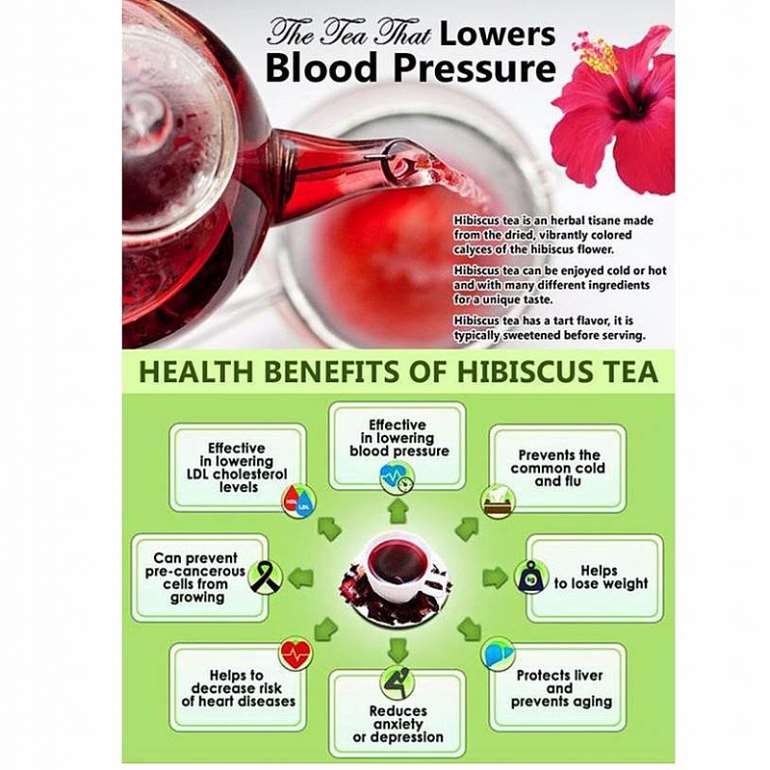
Hibiscus and Healthy Heart
Nothing soothes the soul and tickles the taste buds better than fresh hibiscus tea, whether served steaming hot or frosty cold. Now it seems there’s yet another good reason to hail hibiscus: Just a few cups of brew a day is an excellent way to maintain good health. In fact, researchers have discovered that hibiscus may help to prevent heart disease, high blood pressure, and diabetes-related complications.
Hibiscus represents a genus of more than 200 species of herbaceous plants and shrubs that are highly prized for their ornamental flowers. However, several species of hibiscus are also revered for their medicinal properties. In fact, several recent studies have shown that drinking hibiscus tea may help to lower blood pressure and serum cholesterol, deter the oxidation of free radicals, and prevent kidney disease associated with diabetic nephropathy.
Of particular interest to researchers is Hibiscus sabdariffa, dubbed as the Rosella plant by natives of the “land down under.” This Old World favorite stems from Eurasia and Africa, where the leaf is brewed and sold at wayside street markets and the fruit is incorporated into a fragrant beer-soft drink combination known as Shandy. Setting culinary kudos aside, what’s really stirring a buzz in the scientific community is thehealth-giving compounds tucked away in each bud and leaf, namely anthocyanins and protocatechuic acid.
Anthocyanins are bioflavonoids that lend the flowers and fruits of plants their vivid color. They are also considered phytonutrients. In fact, they possess potent antioxidant and anti-inflammatory properties and play a role in inhibiting the oxidation of low-density lipoproteins, the “taxi cabs” of LDL cholesterol (the bad kind). Protocatechuic acid also provides antioxidant activity. Studies have shown that this substance induces apoptosis in leukemia cells, which means that the cancer cells are stimulated to self-destruct.
Paired together, these powerful agents really pack a one-two punch toward keeping you healthy. But, there are even more reasons that researchers are convinced that drinking hibiscus tea is a sweet idea.
Diabetes
Diabetes is a metabolic disorder that is associated with numerous health complications, such as heart disease, neuropathy (nerve damage), blindness, and kidney failure. One of the primary reasons for this is a biochemical process known as glycation, the same mechanism that causes food to brown in the oven. Glycation is triggered when glucose molecules bind to proteins, creating sugar-damaged proteins known as advanced glycation end products (AGEs). Elevated levels of AGEs increase free radical levels and lower levels of nitric oxide, which leads to more damaged proteins and compromised arteries, nerves, and organs. These rogue sugar molecules also attach themselves to LDL molecules on their way back to the liver for disposal, which prevents them from binding to receptor sites. This molecular hijacking causes the liver to mistakenly conclude that there’s a shortage of cholesterol, so it produces more.
In March and April of 2009, researchers at two different universities in Taiwan set out to examine the impact of hibiscus on these devastating diabetes-related effects. They not only found that the botanical suppressed AGE activity, but also increased the function of glutathione, a type of amino acid necessary for healthy cellular metabolism and immune response. In addition, the researchers found that hibiscus offered protection to vascular smooth muscle cells from oxidative stress. Nigerian researchers at the Department of Biochemistry, College of Medicine, University of Ibadan experienced similar findings in a 2007 study. In fact, to quote the abstract published in Fundamental Clinical Pharmacology, “…Hibiscus sabdariffa could be useful in preventing the development of atherosclerosis and possible related cardiovascular pathologies associated with diabetes.”
High Blood Pressure
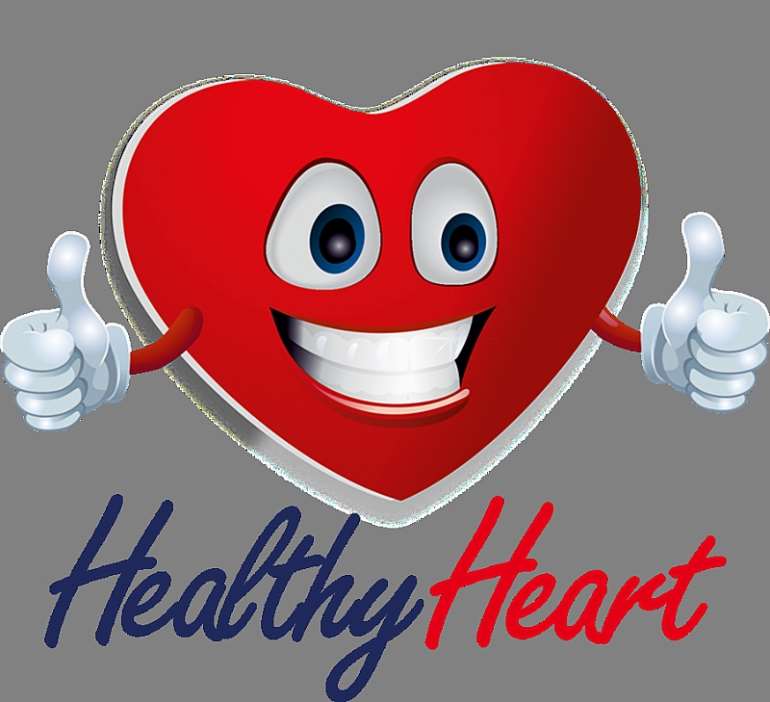
In November of 2008, the results of a clinical trial that focused on the anti-hypertension effects of hibiscus were presented at the annual conference of the American Heart Association. The study, which was sponsored by the Agricultural Research Service of the U.S. Department of Agriculture, involved 65 adults between the ages of 30 and 70 years with mild hypertension or at borderline risk for hypertension. After six weeks, the tea-tipping subjects experienced a decrease in systolic blood pressure by 7.2points, compared to 1.3 points in the placebo group. The researchers also found that those with the highest systolic blood pressure achieved the most impressive results, with an average decrease in systolic blood pressure of 13.2 points and a reduction in diastolic blood pressure of 6.4 points.
Earlier studies have reported similar results. For example, a 1999 study completed by the ShaheedBeheshti University of Medical Sciences and Health Services in Iran noted an11.2% reduction in systolic blood pressure and 10.7% diastolic pressure after only 12 days of treatment with hibiscus tea.
High Cholesterol
As previously mentioned, oxidative stress and the excessive production of AGEs lowers nitric oxide levels. How is this related to cholesterol and its role in heart disease? Well, nitric oxide is nicknamed “endothelium-derived relaxing factor,” which basically means it is essential for healthy vascular function of specialized cells found in the inner lining of the arteries. In fact, nitric oxide is necessary to prevent atheriosclerosis, a condition characterized by the accumulation of lipoproteins and platelets that form arterial plaque. Hibiscus has been shown to prevent premature nitric oxide depletion by inhibiting harmful AGEs.
Oxidized LDL is also involved in the formation of arterial plaque. A study published in the journal Chemico-Biological Interactions on May 15, 2009reported that hibiscus decreased oxidized LDL as well as regulating CD36 gene expression, which is responsible for encoding a specialized protein to bind with oxidized LDL and other substances that contribute to platelet aggregation, such as thrombospondin.
NB: The best Hibiscus Tea is the Nyarkotey Hibiscus Tea approved by the FDA for Cardiovascular Health & General Well-being.
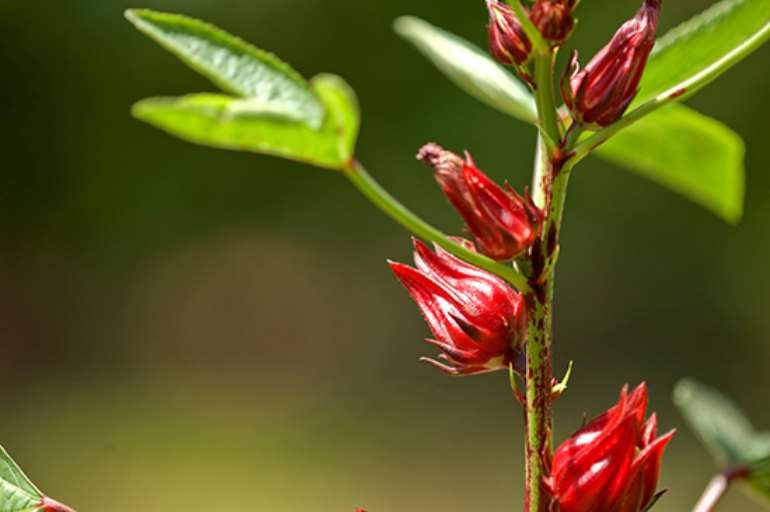
Thanks for reading! If you have any questions, comments, or suggestions, please feel free.
Dr. Raphael Nyarkotey Obu, PhD, is an honorary Professor of Naturopathic Medicine, Vinnytsia State Pedagogical University, Ukraine and president of Nyarkotey College of Holistic Medicine, Tema community 7. He is the formulator of FDA approved Men’s Formula for prostate Health & Immune booster, Women’s Formula & Nyarkotey Tea for cardiovascular Health. Enquiries, 0208244716/0241083423
References
Vlachopoulos C , Jackson G , Stefanadis C , Montorsi P(2013) Erectile dysfunction in the cardiovascular patient. Eur Heart j. 2013 Jul;34(27):2034-46. doi: 10.1093/eurheartj/eht112. Epub 2013 Apr 24.
- Huang CN, Chan KC, Lin WT, et al. Hibiscus sabdariffa inhibits vascular smooth muscle cell proliferation and migration induced by high glucose–a mechanism involves connective tissue growth factor signals. J Agric Food Chem. 2009 Apr 22;57(8):3073-9.
- Lee WC, Wang CJ, Chen YH, et al. Polyphenol extracts from Hibiscus sabdariffa Linnaeus attenuate nephropathy in experimental type 1 diabetes. J Agric Food Chem. 2009 Mar 25;57(6):2206-10.
- Kao ES, Hsu JD, Wang CJ, et al. Polyphenols extracted from Hibiscus sabdariffa L. inhibited lipopolysaccharide-induced inflammation by improving antioxidative conditions and regulating cyclooxygenase-2 expression. Biosci Biotechnol Biochem. 2009 Feb;73(2):385-90. Epub 2009 Feb 7.
- Kao ES, Tseng TH, Lee HJ, et al. Anthocyanin extracted from Hibiscus attenuate oxidized LDL-mediated foam cell formation involving regulation of CD36 gene. Chem Biol Interact. 2009 May 15;179(2-3):212-8.
- Ochani PC, D’Mello P. Antioxidant and antihyperlipidemic activity of Hibiscus sabdariffa Linn. leaves and calyces extracts in rats. Indian J Exp Biol. 2009 Apr;47(4):276-82.
- Mozaffari-Khosravi H, Jalali-Khanabadi BA, Afkhami-Ardekani M, Fatehi F, Noori-Shadkam M. The effects of sour tea (Hibiscus sabdariffa) on hypertension in patients with type II diabetes. J Hum Hypertens. 2009
- American Heart Association Scientific Session 2008, New Orleans, Nov. 8-12, 2008.
- Farombi EO, Ige OO. Hypolipidemic and antioxidant effects of ethanolic extract from dried calyx of Hibiscus sabdariffa in alloxan-induced diabetic rats. Fundam Clin Pharmacol. 2007 Dec;21(6):601-9.
- Carvajal-Zarrabal O, Waliszewski SM, Barradas-Dermitz DM, et al. The consumption of Hibiscus sabdariffa dried calyx ethanolic extract reduced lipid profile in rats. Plant Foods Hum Nutr. 2005 Dec;60(4):153-9.
- Farombi EO, Fakoya A. Free radical scavenging and antigenotoxic activities of natural phenolic compounds in dried flowers of Hibiscus sabdariffa L. Mol Nutr Food Res. 2005 Dec;49(12):1120-8.
- Haji Faraji M, Haji Tarkhani A. The effect of sour tea (Hibiscus sabdariffa) on essential hypertension. J Ethnopharmacol. 1999 Jun;65(3):231-

Raphael Nyarkotey Obu, PhD, © 2019
Prof Raphael Nyarkotey Obu is an honorary professor of holistic medicine-Vinnytsia State Pedagogical University, Ukraine and the President of Nyarkotey College of Holistic Medicine, Tema Community 7, Post office


